
What Is Degenerative Disc Disease?Degenerative disc disease is a common cause of the lower back pain. This condition is a normal part of aging marked by changes in spinal discs. Any disc of the spine can be affected by degenerative disc disease but it most frequently occurs in the discs in the lower back.
Degenerative disc disease causes pain in the affected area that may range from mild to severe. The pain in the lower back usually radiates to the buttocks or leg. Movement typically aggravates the pain and it results in restricted activity. The symptoms tend to flare up occasionally.
Treatment for Degenerative Disc Disease Degenerative disc disease is primarily managed non-operative. Surgical treatment is an option only when other treatment approaches fail to relieve the pain.
In order to manage the pain in the lower back caused by degenerative disc disease, the treatment aims to provide adequate pain relief so the patient can engage in exercises and rehabilitation program, to reduce stress on the affected disc and enable the patient to function at home and at work.
Pain caused by degenerative disc disease originates from inflammation of the affected disc along with motion instability. For successful low back pain treatment both of these causes must be managed.
In general, treatment for degenerative disc disease can be classified into passive treatment and active treatment. Passive treatments are treatments done to the patient while active treatments are those done by the patient. However, the most effective way to manage the symptoms of degenerative disc disease is to use a combination of treatments such as medication treatment combined with exercise.
Medical management of degenerative disc disease involves the use of pain relievers such as acetaminophen, oral steroids, narcotic drugs, muscle relaxants and NSAIDs like Aspirin and ibuprofen.
Chiropractic manipulation and massage can be used to alleviate low back pain by reducing pressure on the affected nerve, increasing range of motion, promoting blood circulation and relieving muscle tension.
Epidural injections into the painful area of the spine help to reduce the lower back pain by decreasing the inflammation. Heat and/or ice therapy and acupuncture can also help to alleviate pain in the lower back so the patient can continue with exercise and rehabilitation program.
An exercise program is a vital part of the treatment for lower back pain. A regular routine of back exercises helps to strengthen the muscles of the back and increase their flexibility. Lower back pain exercises include different components and the patient’s diagnosis and severity of the pain will determine which component will be used.
Stretching exercises help to increase the range of motion and relieve lower back pain. Hamstring stretching can provide pain relief and reduce the frequency of flare-ups. Psoas Major muscle stretching can help promote lower back movement.
Strengthening exercises help the patient find a natural position of the spine and maintain that position. Strengthening exercise program includes Dynamic lumbar stabilization exercises that help reduce the radiating pain.
Finally, Low-impact aerobic conditioning like water exercising, biking and walking are used to help improve the blood flow to the spine and alleviate the pressure on the affected disc.



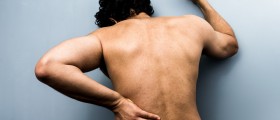
-Symptoms,-Diagnosis,-Treatment_f_280x120.jpg)

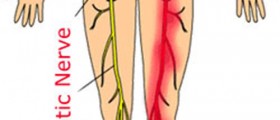
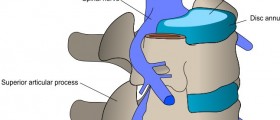

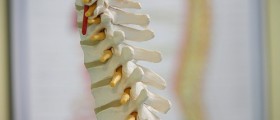
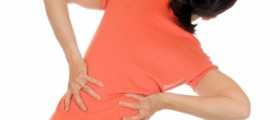
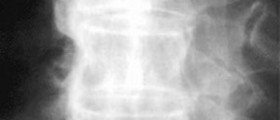
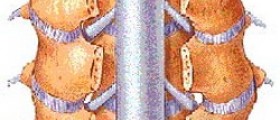
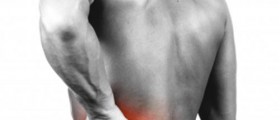

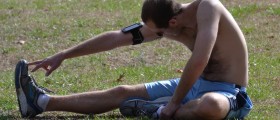
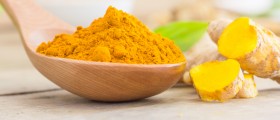
Your thoughts on this
Loading...